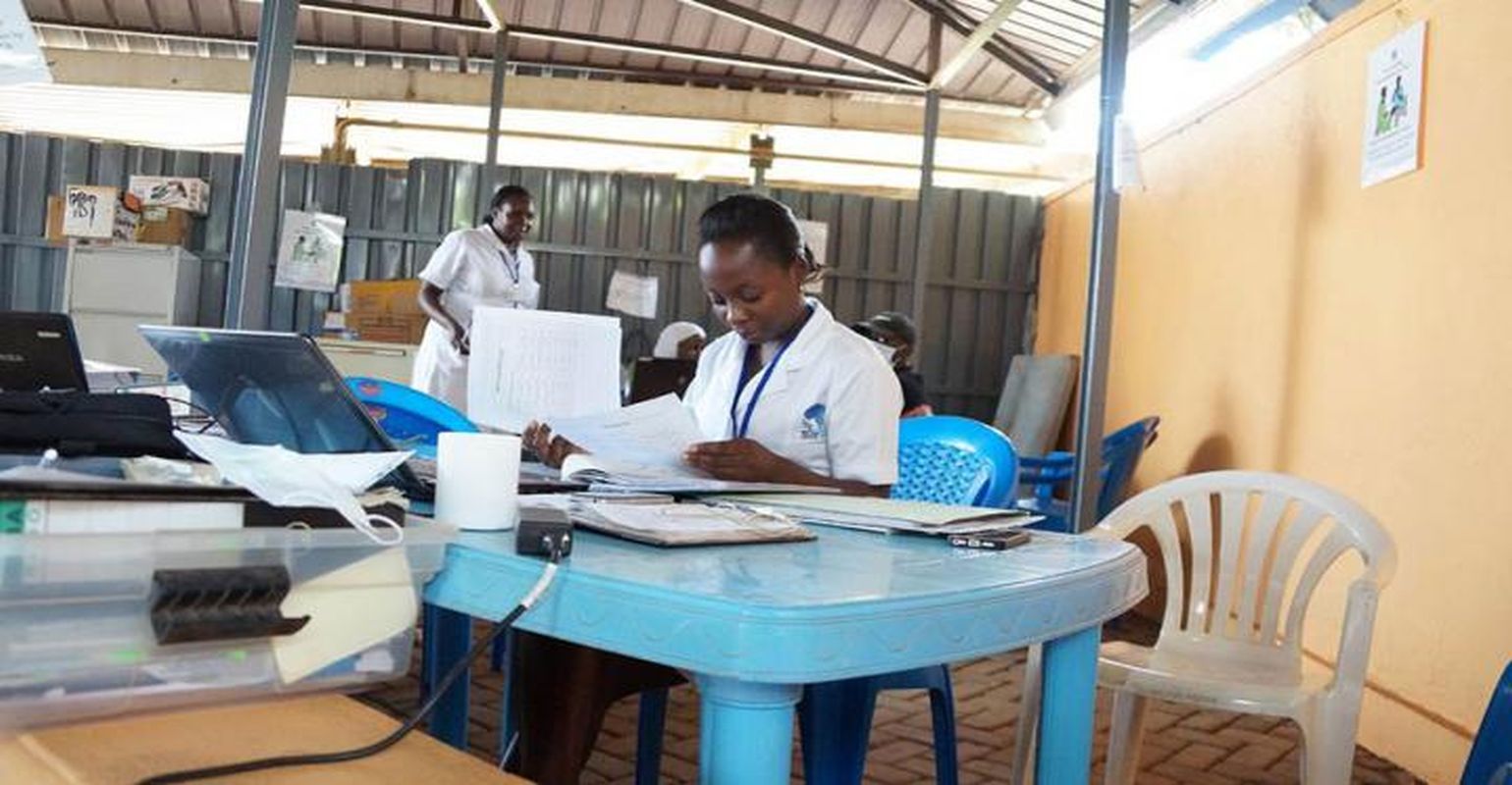Universities Partner to Combat Tuberculosis

Tuberculosis can be cured and could be eradicated. For this to happen, however, patients have to receive the right treatment. Researchers at the Makerere University and the University of Zurich were able to demonstrate that the levels of medication used are often too low. As a result, patients remained contagious with the dangerous disease for longer than necessary.
More than 4,000 people worldwide die from tuberculosis every day. This means the disease tops the list of the most common causes of death that result from a single pathogen. The people who are most affected are those also suffering from an immune deficiency, such as an HIV infection. However, the high rate of mortality isn't unavoidable: Tuberculosis can be cured if the relevant drugs are used correctly.
But this is precisely where the problem lies. The most important medications for treating tuberculosis -- in Switzerland, too -- date back to the 1960s: Treatment is lengthy, involves several pills, and comes with numerous side effects. People thus often discontinue their treatment, which means that patients continue to suffer from the disease and also pass it on to others. In addition, the optimal dose of tuberculosis drugs has also not yet been determined.
Led by professor Jan Fehr, researchers at UZH and the University Hospital Zurich have now joined forces with a team of researchers from a partner university in Kampala, Uganda, to tackle this question. Over a two and half year period, the researchers repeatedly measured the concentration of tuberculosis medication in the blood of 268 study patients suffering from pulmonary tuberculosis as well as an HIV infection. At the same time, they carried out further tests including tests to detect the pathogen in the sputum. Patients took their medication in accordance with the currently valid dosage guidelines of the World Health Organization (WHO).
"We were able to show that the concentrations of the two principal tuberculosis drugs, namely isoniazid and rifampicin, in the blood were very clearly below the internationally targeted levels," explains Fehr. These lower blood concentrations mean that tuberculosis patients cough up tuberculosis bacteria for a longer period of time compared to patients with higher levels of medication in their blood. "These patients with lower levels of isoniazid and rifampicin thus also remain contagious for longer."
This, in turn, has far-reaching global consequences. The World Health Organization (WHO) aims to cut the rate of tuberculosis deaths by 90 percent by 2030. However, this will only succeed if the global epidemic can be controlled and infections don't spread any further. To achieve this, we must think about how routine checks of the levels of the major tuberculosis drugs can be implemented and how to increase the dosage if the levels are too low. Relevant studies need to be carried out, and should be based on the SOUTH study, which was the first study worldwide to investigate this topic in great depth.
Reference: Christine Sekaggya-Wiltshire et al. Delayed Sputum Conversion in TB-HIV Co-Infected Patients with Low Isoniazid and Rifampicin Concentrations, Clinical Infectious Diseases. 3 March 2018. DOI: 10.1093/cid/ciy179
Source: University of Zurich
Robust infectious disease surveillance, including rapid subtyping of influenza A, is essential for early detection, containment, and public health reporting of novel viral threats.